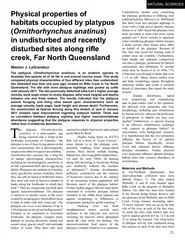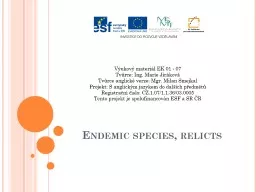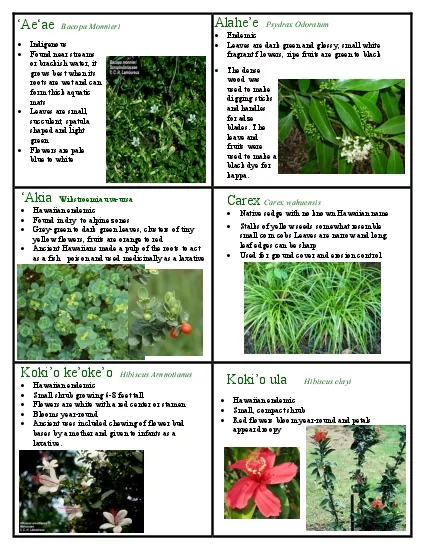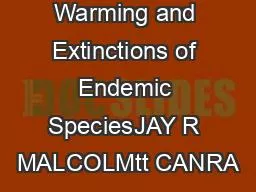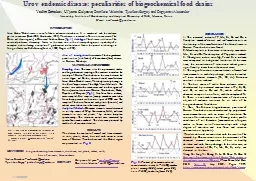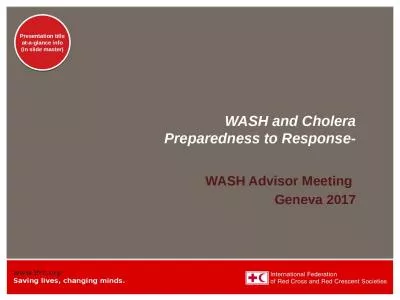PDF-Weston J. LaGrandeur), is an endemic species to Australia that spends
Author : lois-ondreau | Published Date : 2015-09-25
Ornithorhynchus anatinus has a long list of unique physiological characteristics including the electromagnetic sensitivity in its bill a poisonous barb and its egg
Presentation Embed Code
Download Presentation
Download Presentation The PPT/PDF document "Weston J. LaGrandeur), is an endemic spe..." is the property of its rightful owner. Permission is granted to download and print the materials on this website for personal, non-commercial use only, and to display it on your personal computer provided you do not modify the materials and that you retain all copyright notices contained in the materials. By downloading content from our website, you accept the terms of this agreement.
Weston J. LaGrandeur), is an endemic species to Australia that spends: Transcript
Download Rules Of Document
"Weston J. LaGrandeur), is an endemic species to Australia that spends"The content belongs to its owner. You may download and print it for personal use, without modification, and keep all copyright notices. By downloading, you agree to these terms.
Related Documents

